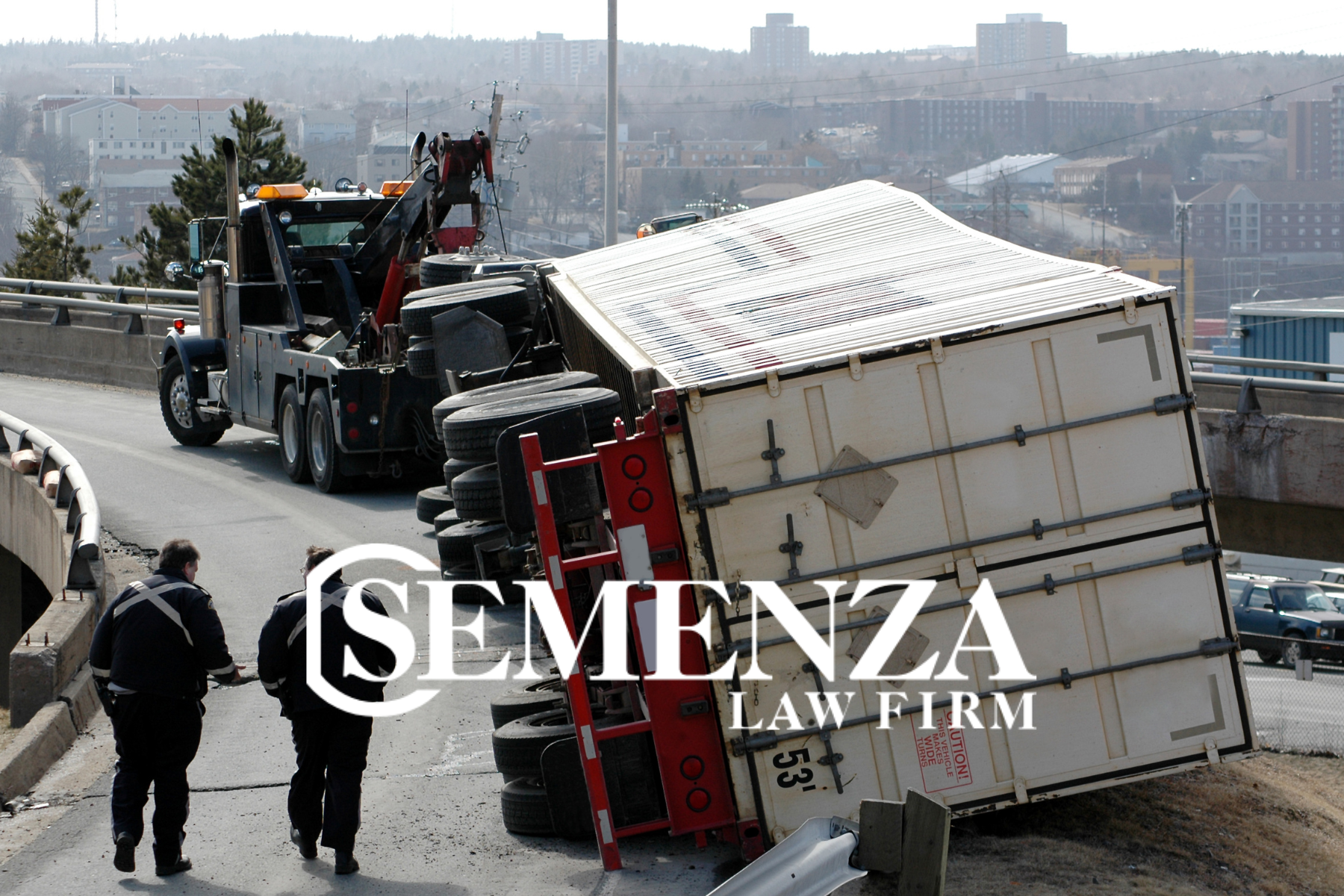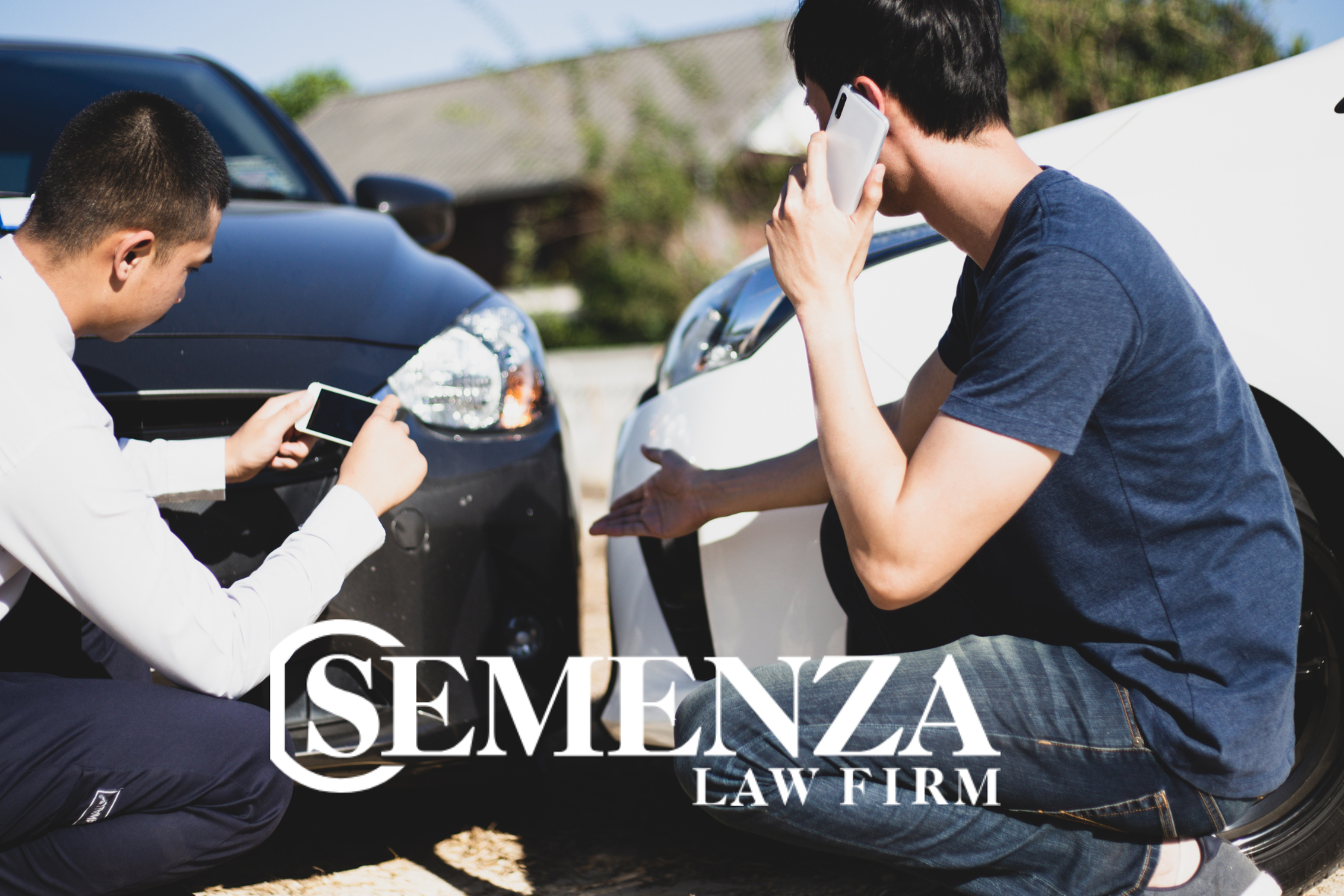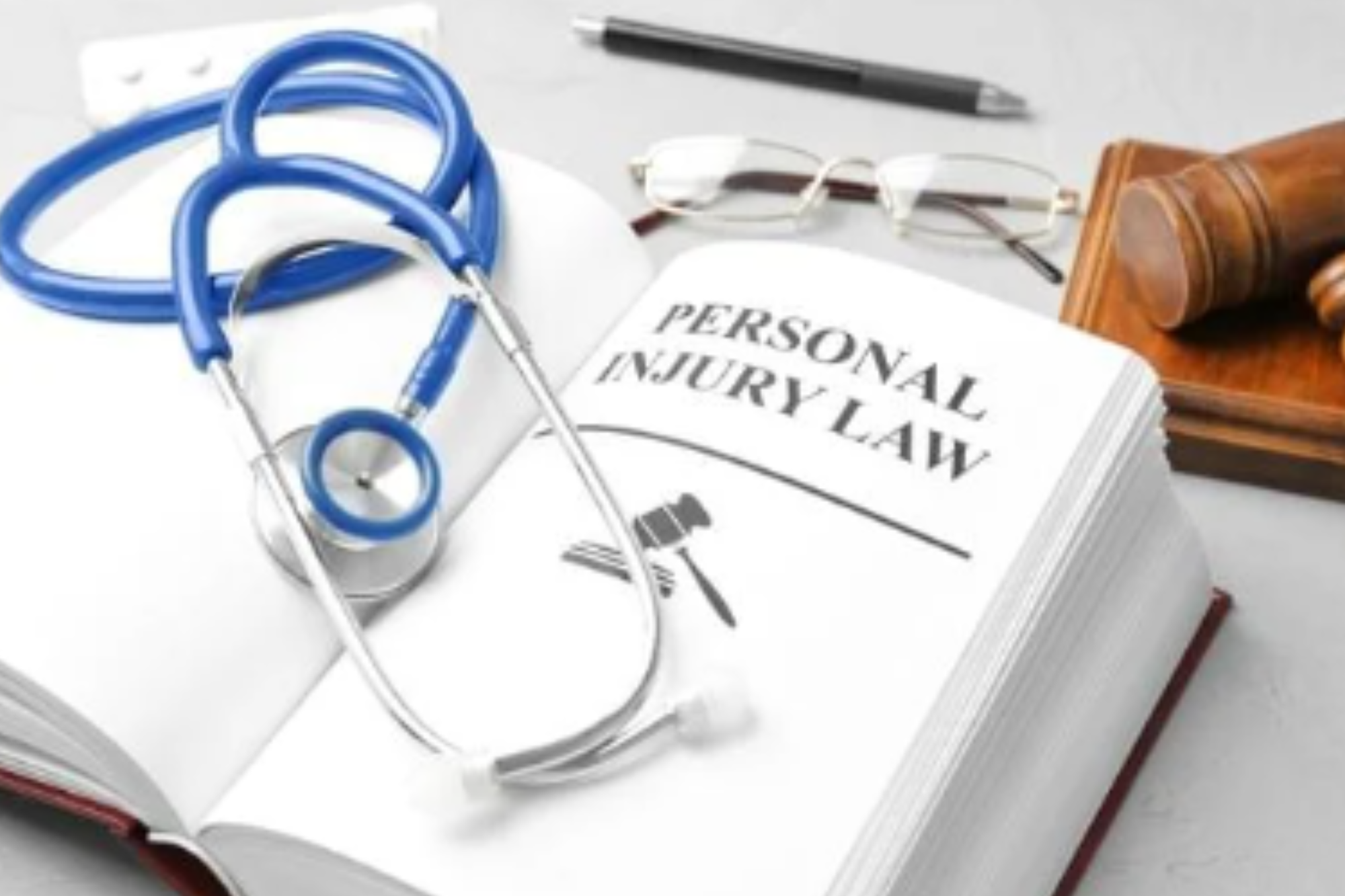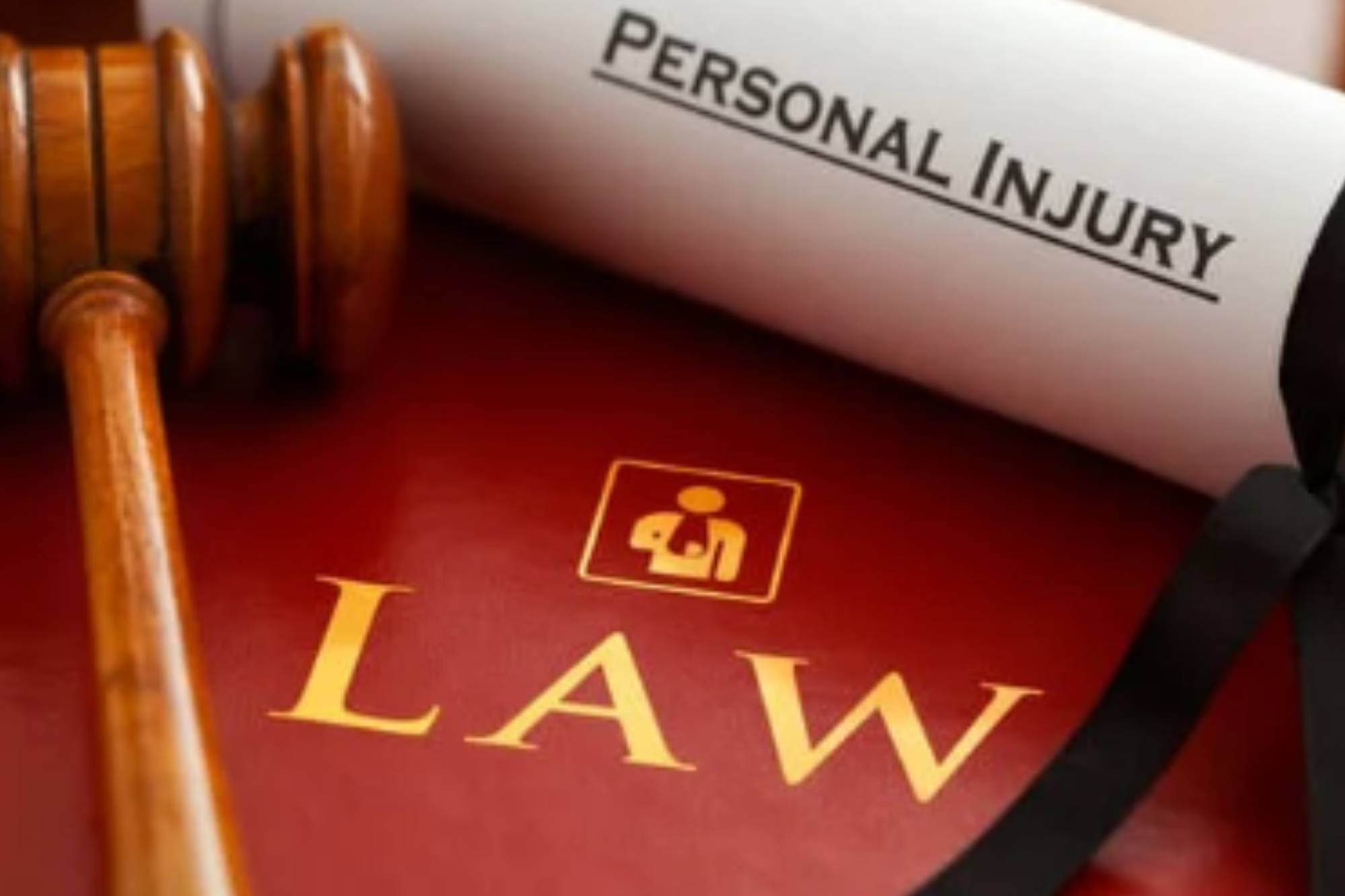When it comes to personal injury claims, the concept of negligence plays a central role in determining liability and compensation. But what exactly does “negligence” mean in a legal context? Understanding this key element can help you assess whether you have a valid personal injury case and what steps you need to take to protect your rights. In this article, we’ll break down the legal definition of negligence, how it applies to personal injury claims, and what it means if you’re involved in an accident or injury.
What is Negligence?
At its core, negligence refers to a failure to exercise the care that a reasonably prudent person would use in similar circumstances. Legally, negligence occurs when an individual or entity’s actions or inactions cause harm to another person in a way that could have been avoided with reasonable care. It’s important to understand that negligence is not about intentional wrongdoing but rather about a lack of proper care or attention.
In a personal injury case, the injured party must prove that negligence occurred, which requires demonstrating the following key elements:
- Duty of Care: The defendant owed a legal duty to the plaintiff to act with a certain standard of care.
- Breach of Duty: The defendant failed to meet the required standard of care.
- Causation: The defendant’s actions (or lack thereof) directly caused the injury.
- Damages: The plaintiff suffered actual damages (physical, emotional, or financial) as a result of the defendant’s negligence.
Let’s take a deeper look at each of these elements to understand better how they apply to personal injury claims.
Duty of Care
The first element in proving negligence is establishing that the defendant had a “duty of care” to the plaintiff. Duty of care refers to the responsibility a person or entity has to avoid causing harm to others. This duty is context-dependent and varies based on the situation. For example, a driver has to drive safely and follow traffic laws, while a property owner must maintain a safe environment for visitors.
In some cases, the duty of care can be implied. For instance, when you enter a store, the store owner implicitly agrees to provide a reasonably safe shopping environment by maintaining clear walkways, avoiding spills, and addressing hazards.
Breach of Duty
Once the duty of care is established, the next step is proving that the defendant breached this duty. A breach occurs when the defendant fails to meet the standard of care expected of them in the given situation. This might involve actions like running a red light, failing to fix a broken stair, or neglecting to clean up a hazardous spill.
In determining whether a breach occurred, courts will often compare the defendant’s actions (or lack thereof) to what a reasonable person would do in the same circumstances. If the defendant’s conduct falls below this standard, it can be considered a breach of duty.
Causation
After demonstrating a breach of duty, the plaintiff must prove that the defendant’s actions directly caused their injuries. This is known as causation, and it has two parts:
- Actual Cause (Cause-in-Fact): This means that the defendant’s actions were a direct cause of the injury. For example, if someone runs a red light and crashes into your car, causing an accident, the running of the red light is the actual cause.
- Proximate Cause (Legal Cause): Proximate cause refers to whether the defendant’s actions were closely related enough to the injury to hold them legally responsible. For instance, if someone fails to clear a hazard from a walkway, and another person slips, falls, and suffers an injury, the failure to clear the hazard could be the proximate cause of the fall.
In many personal injury cases, proving causation can be complex. However, it is essential to show that the defendant’s breach of duty directly led to the harm you suffered.

Damages
Finally, for a negligence claim to be successful, you must demonstrate that you suffered actual damages due to the defendant’s actions. Damages can be physical (such as broken bones or head injuries), emotional (such as anxiety or distress), or financial (such as medical bills or lost wages). Without actual damages, there is no legal basis for compensation, regardless of the defendant’s negligence.
In personal injury cases, the types of damages can be broken down into:
- Economic Damages: These are quantifiable financial losses, such as medical bills, lost wages, and property damage.
- Non-Economic Damages: These are subjective, non-quantifiable damages, such as pain and suffering, emotional distress, and loss of consortium.
- Punitive Damages: In some cases, if the defendant’s conduct was particularly reckless or egregious, punitive damages may be awarded as a form of punishment and deterrence.
Examples of Negligence in Personal Injury Cases
Negligence can occur in a variety of situations, resulting in personal injury claims. Here are some common examples:
1. Car Accidents
One of the most common types of personal injury cases involves car accidents caused by negligence. If a driver fails to obey traffic laws, such as running a red light, texting while driving, or driving under the influence of alcohol, and causing an accident, they may be found negligent.
2. Slip and Fall Accidents
Premises liability cases often involve negligence claims based on slip and fall accidents. Property owners or managers have a duty to maintain a safe environment for visitors. If they fail to fix a broken step or clean up a spill, and someone is injured as a result, they may be liable for damages.
3. Medical Malpractice
Medical professionals have a duty to provide care that meets the accepted standards of the medical community. If a doctor or nurse fails to meet these standards—such as prescribing the wrong medication or failing to diagnose a condition—they can be held negligent.
4. Product Liability
Manufacturers and retailers are responsible for ensuring that their products are safe for consumers. If a defective product causes injury, the manufacturer may be found negligent. Examples include defective vehicles, harmful drugs, or faulty household appliances.
How Negligence Affects Your Personal Injury Case
If you believe that you have been injured due to someone else’s negligence, it’s important to understand how negligence will be assessed in your case. The success of your claim depends on proving the four key elements outlined earlier. You’ll need to show that the defendant owed you a duty of care, breached that duty, caused your injuries, and that you suffered real damages as a result.
Having an experienced personal injury attorney can make a significant difference in navigating the complexities of a negligence claim. They can help you gather evidence, establish causation, negotiate with insurance companies, and represent your interests in court.
About Semenza Law
Semenza Law is a trusted personal injury law firm in Scranton PA. We specialize in representing clients who have been injured due to the negligence of others, providing them with the legal guidance and support they need to obtain the compensation they deserve. Our team is dedicated to fighting for justice and ensuring that our clients receive the best possible outcome in their cases. If you or a loved one has been injured due to someone else’s negligence, contact us today for a free consultation.






